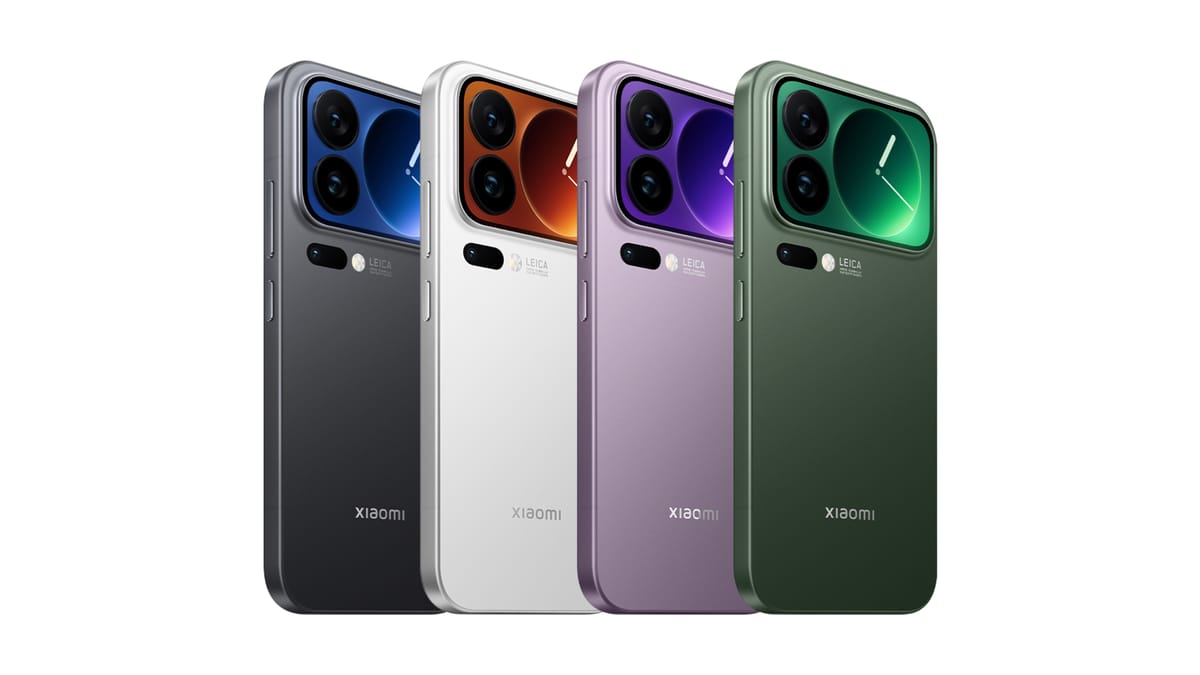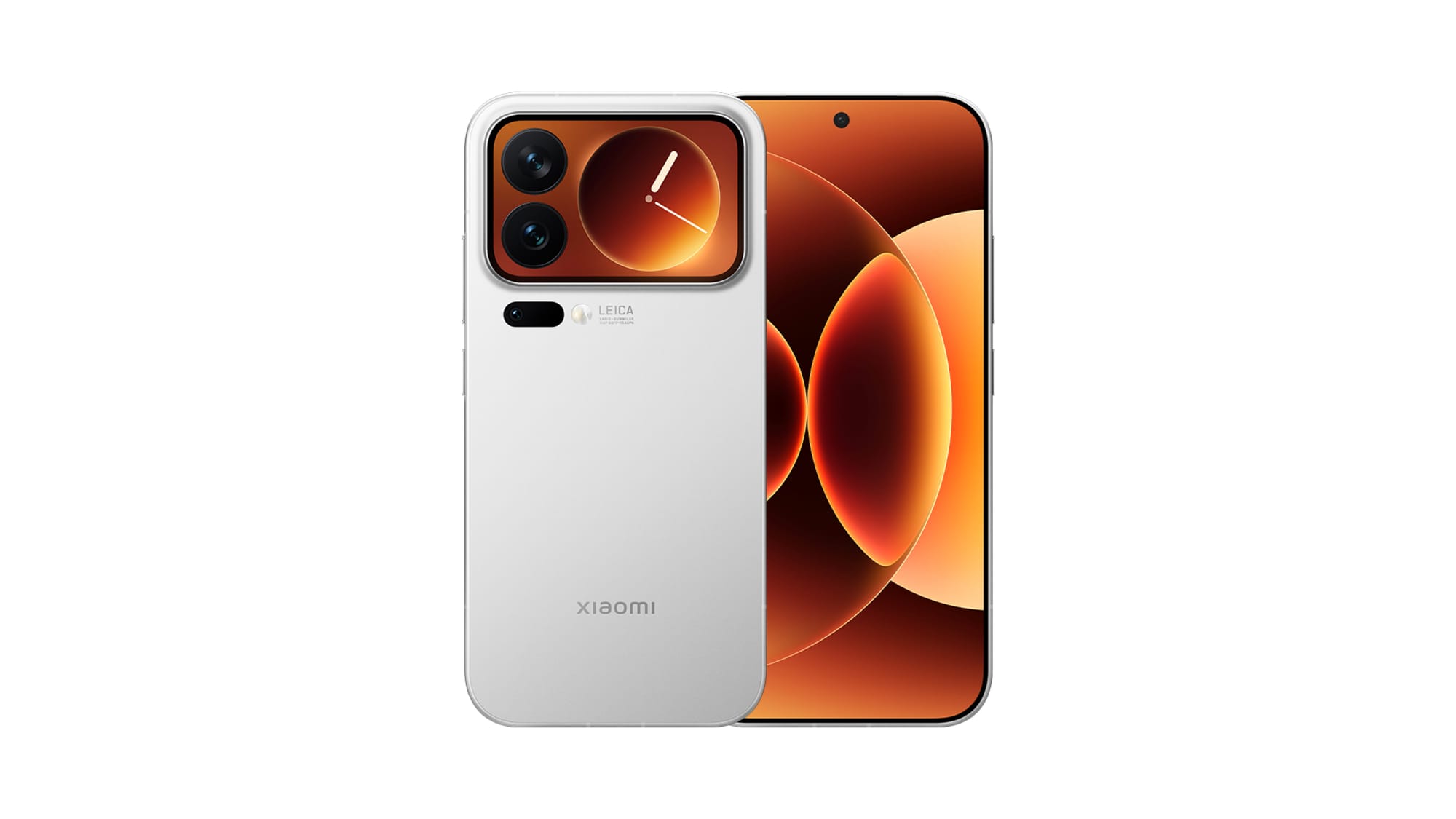Xiaomi 17 Pro Max Unleashed: The Hyper Charged Beast That’s Crushing iPhone and Samsung in 2025

A new era of flagship smartphones
In late 2025 Xiaomi grabbed headlines by unveiling the Xiaomi 17 series, a trio of Android handsets built to challenge the biggest names in the industry. While the standard Xiaomi 17 offers an impressive 7,000 mAh battery and flagship internals, the new Xiaomi 17 Pro Max pushes boundaries with a 7,500 mAh cell, cutting‑edge Snapdragon 8 Elite Gen 5 processor, a second rear display and charging speeds that leave rivals looking slow. This article digs deep into what makes the 17 Pro Max such a compelling option for power users and gamers, and why it may be the flagship phone to beat in 2025.
Design and build: premium materials and a bonus display
From the front, Xiaomi’s flagship looks similar to its predecessor: a large LTPO AMOLED panel with slim bezels, a tiny punch‑hole camera and flat edges. Underneath lies a Dragon Crystal Glass front and an aluminium frame for durability. The 17 Pro Max is physically larger than its siblings – it measures 162.9 × 77.6 × 8 mm and weighs 219 g – yet Xiaomi keeps the depth under 8 mm to ensure manageable ergonomics.
A key differentiator is the additional display on the back. This 2.9‑inch secondary screen (exclusive to the Pro and Pro Max models) lets users glance at notifications, control music, take high‑quality selfies using the rear cameras and even play simple games without waking the main display. The dual‑screen design has previously been limited to niche phones; its integration into a mainstream flagship hints at a future where secondary panels become common.
Other notable design points include:
- IP68 water‑ and dust‑resistance rated for immersion up to 1.5 m for 30 minutes.
- Stereo speakers with Dolby Atmos and 24‑bit/192 kHz Hi‑Res audio support.
- Fingerprint sensor under the display using ultrasonic technology.
- Premium colour finishes such as Black, Blue, Pink and White.

Displays: super‑bright and super‑smooth
The 17 Pro Max features a 6.9‑inch LTPO AMOLED panel that refreshes at 120 Hz and reaches a peak brightness of 3,500 nits. Its siblings – the 17 and 17 Pro – use slightly smaller 6.3‑inch versions of the same display technology, providing crisp 1220 × 2656 resolution and over 68 billion colours. LTPO (low‑temperature polycrystalline oxide) allows the refresh rate to dynamically scale from 1 Hz to 120 Hz, conserving battery life when viewing static content. Combined with Xiaomi’s high‑frequency 2,160 Hz PWM dimming and support for Dolby Vision and HDR10+, these displays deliver deep blacks, vibrant colours and reduce eye strain.
The second rear display on the Pro Max is perfect for:
- Always‑on information such as date, time and notifications.
- Rear‑camera selfies, allowing the main sensors to capture high‑quality portraits.
- Quick controls for music, smart‑home gadgets or simple games without unlocking the phone.
Hardware and performance: next‑gen Snapdragon power
Powering the Xiaomi 17 series is Qualcomm’s Snapdragon 8 Elite Gen 5 chip built on a 3‑nm process. The octa‑core CPU features two high‑performance “Phoenix L” cores running at 4.6 GHz and six efficiency‑oriented “Phoenix M” cores at 3.62 GHz. Graphics duties are handled by an Adreno 840 GPU. These specifications represent a leap over last year’s Snapdragon 8 Gen 3, promising roughly 30–40 % performance gains and better energy efficiency.
Xiaomi pairs the chip with 12 GB or 16 GB of LPDDR5X memory and up to 1 TB of UFS 4.1 storage, ensuring plenty of headroom for multitasking and gaming. There is no micro‑SD slot, but the fast internal storage should satisfy most users. Connectivity includes 5G, Wi‑Fi 7, Bluetooth 5.4, NFC and USB‑C, making the 17 series future‑proof for wireless standards.
Cameras: Leica collaboration and a mammoth sensor
Xiaomi continues its partnership with Leica, equipping the 17 Pro and 17 Pro Max with a triple‑camera system centred around the new Light Fusion 950L sensor. This 1/1.28‑inch sensor features 1.22 µm pixels and is used for the primary 50 MP wide‑angle camera. Larger pixels allow the sensor to capture more light, improving low‑light photography and dynamic range. Secondary cameras include a 50 MP telephoto lens (2.6× optical zoom) and a 50 MP ultrawide for expansive landscapes. Leica’s colour science and a dual‑LED dual‑tone flash help produce natural tones and detailed shots.
On the video front, the system supports 8K recording at 30 fps, 4K at up to 60 fps with HDR10+ and Dolby Vision, and slow‑motion capture up to 1920 fps. A 50 MP selfie camera on the front offers 4K video and features PDAF (phase‑detection autofocus) for crisp vlogs and video calls. The secondary rear display allows you to use the main cameras for selfies, ensuring consistently high‑quality images.
Software: HyperOS and AI integration
The Xiaomi 17 series ships with HyperOS 3 based on Android 16. HyperOS is Xiaomi’s successor to MIUI, redesigned to offer more fluid animations, a cohesive visual language and deeper integration with Xiaomi’s ecosystem. In 2025 the company emphasises AI‑driven features – from on‑device language translation and real‑time transcription to adaptive power management that learns usage patterns and optimises background processes. HyperOS also leverages the rear display for contextual widgets, enabling quick access to weather, calendar or media controls without lighting up the main screen.

Battery and charging: the hyper‑charged beast
Battery life is where the 17 Pro Max truly eclipses its competitors. It houses a 7,500 mAh silicon‑carbon battery – 50 % larger than many flagship phones that hover around 5,000 mAh. The 17 Pro still offers a substantial 6,300 mAh cell, while the standard 17 packs 7,000 mAh. Xiaomi pairs these batteries with 100 W wired charging and 50 W wireless charging, with 22.5 W reverse wireless charging for powering accessories or other phones. According to the company, the 17 Pro Max can recharge from zero to 100 % in under 40 minutes with the included charger. Such speeds far outpace the 45 W fast charging found on Samsung’s Galaxy S25 Ultra (about 65 minutes for a full charge) and the 35 W wired charging on Apple’s iPhone 17 Pro Max.
Beyond capacity, the battery’s silicon‑carbon chemistry improves energy density and lifespan, allowing the Pro Max to deliver two days of moderate use without anxiety. Xiaomi’s hyper‑charging technology uses PPS (Programmable Power Supply) standards to negotiate optimal voltage and minimise heat. Wireless charging pads and car chargers that support 50 W output can replenish half the battery during a commute.
How Xiaomi outpaces Apple and Samsung
- Battery size and longevity – With a 7,500 mAh cell, the Xiaomi 17 Pro Max dwarfs the iPhone 17 Pro Max’s reported ~5,088 mAh battery and Samsung’s Galaxy S25 Ultra 5,000 mAh cell. This translates into nearly double the screen‑on time for power users. Even the smaller 17 Pro boasts a 6,300 mAh battery, still bigger than most competitors.
- Charging speeds – Xiaomi’s 100 W wired and 50 W wireless charging means a complete charge in well under an hour, whereas Apple’s and Samsung’s flagships remain capped around 35–45 W (wired) and 15 W (wireless). Reverse wireless charging at 22.5 W also lets you top up accessories quickly.
- Dual‑screen versatility – The secondary display on the 17 Pro Max offers creative opportunities: monitoring notifications discreetly, capturing selfies with the main camera, controlling smart‑home devices or using it as a digital viewfinder. Neither Apple nor Samsung offers an extra display on the back of their mainstream phones.
- Ultra‑large sensor and Leica optics – A 1/1.28‑inch Light Fusion 950L sensor paired with Leica tuning gives Xiaomi an edge in low‑light photography. Apple and Samsung still rely on smaller sensors (around 1/1.3 inch for their wide cameras), limiting light‑gathering potential.
- Cutting‑edge connectivity – Built‑in Wi‑Fi 7, Bluetooth 5.4, dual‑band GPS and a USB 3.2 Type‑C port support faster data transfer and more precise positioning. Apple only transitioned to USB‑C in 2023 and still limits data speeds on non‑Pro models.
Pricing and availability
Xiaomi released the 17 series in China on 25 September 2025. The standard Xiaomi 17 is expected to be the only model launching globally, while the 17 Pro and 17 Pro Max currently remain China‑exclusive (though grey‑market importers will likely stock them). Pricing in China starts at approximately ¥5,999 (around US$820) for the 17 Pro Max with 12 GB RAM and 256 GB storage, rising to ¥7,499 (roughly US$1,030) for the top‑spec 1 TB model. Compared with the iPhone 17 Pro Max, which begins at US$1,199, Xiaomi offers more storage and a significantly larger battery for less money.
Should you buy the Xiaomi 17 Pro Max?
- Power users and gamers will appreciate the enormous battery, hyper‑fast charging and powerful Snapdragon 8 Elite Gen 5 chipset. The phone can handle demanding games at high frame rates without throttling and has the endurance for long sessions.
- Photography enthusiasts will enjoy Leica‑co‑engineered cameras, massive sensor size and versatile video capabilities. The rear display doubles as a framing screen for selfies and vlogging.
- Multitaskers and professionals benefit from 12–16 GB of RAM, up to 1 TB of storage and advanced connectivity. HyperOS’s AI features streamline workflows, while the second screen is ideal for quick glances during meetings.
However, the device may not suit everyone. Its 219‑g weight and 6.9‑inch footprint make it less comfortable for one‑handed use. Additionally, the lack of global availability means you may need to import it, which can complicate warranty claims and software updates. If you value global support and iOS integration, the iPhone may still be the safer choice. Similarly, Samsung’s S25 Ultra continues to offer a built‑in S Pen and a well‑established ecosystem that some users depend on.
Final thoughts
Xiaomi’s 17 Pro Max represents a bold vision of what a flagship smartphone can be in 2025. Its dual‑screen design, enormous 7,500 mAh battery, 100 W hyper‑charging, and Leica‑tuned camera system set new benchmarks in a market often defined by incremental updates. While global availability remains uncertain, early adopters who prioritise battery life and innovation over brand loyalty will find the 17 Pro Max a compelling alternative to Apple’s and Samsung’s offerings. If this is a sign of Xiaomi’s ambitions, the future of flagship smartphones looks more exciting than ever.